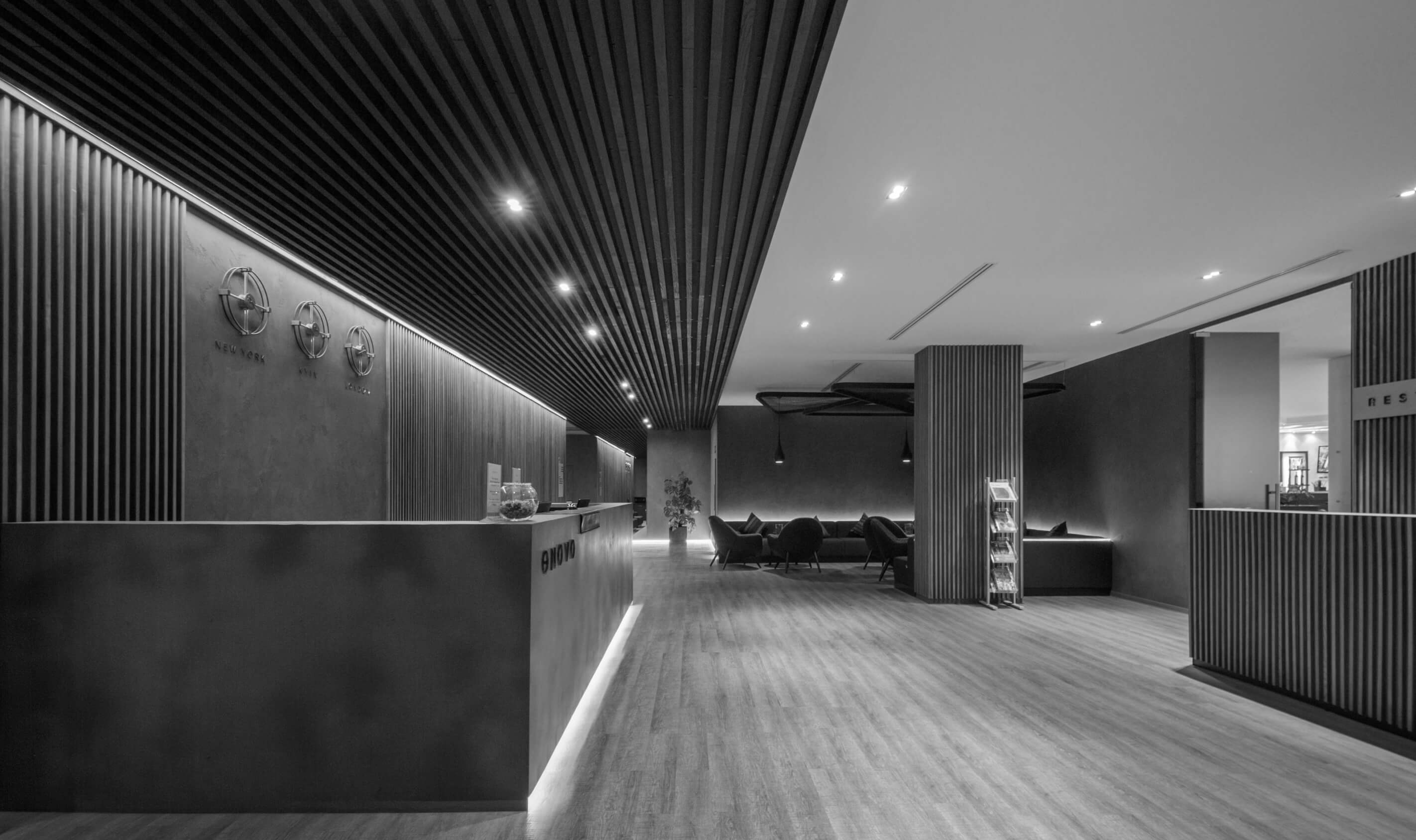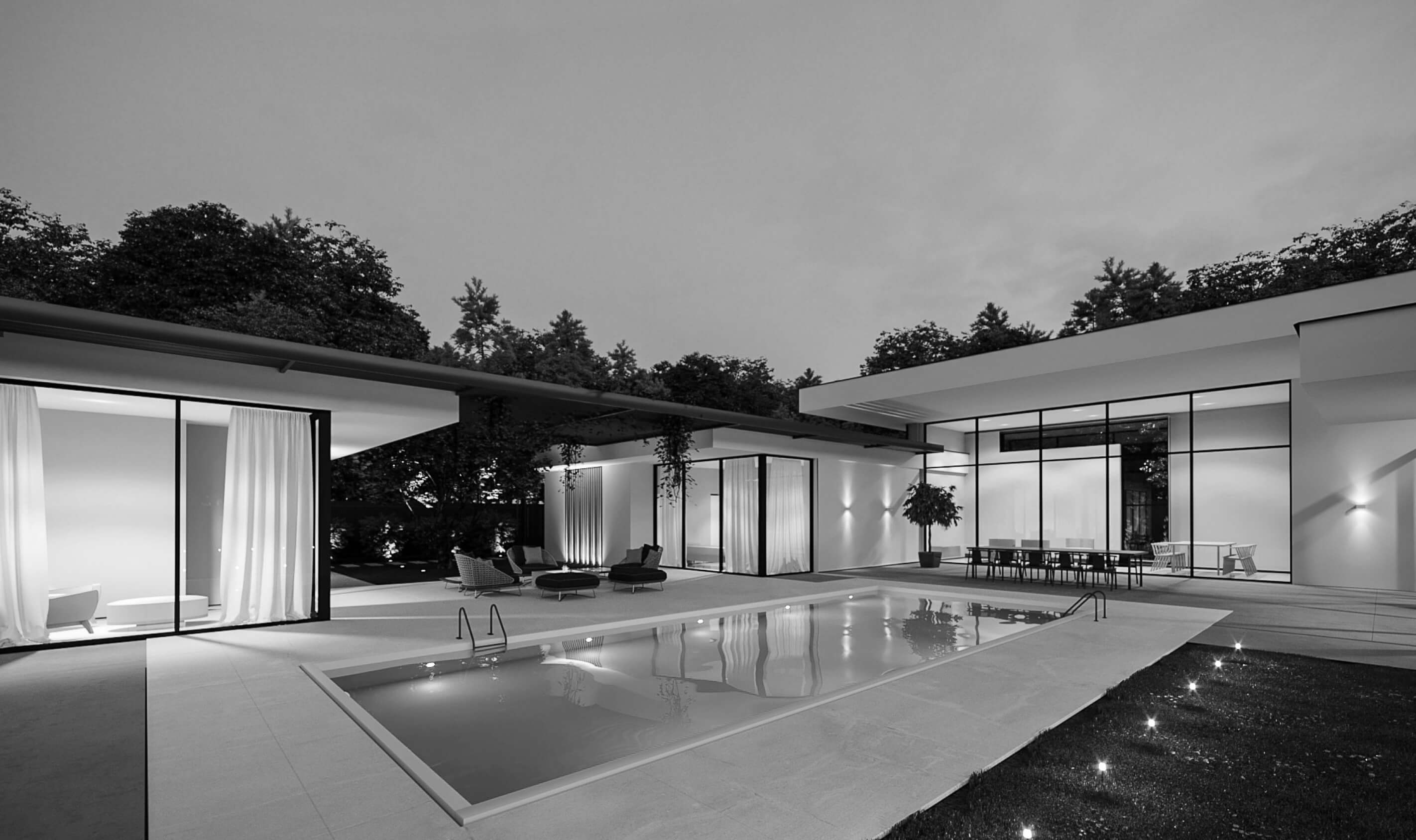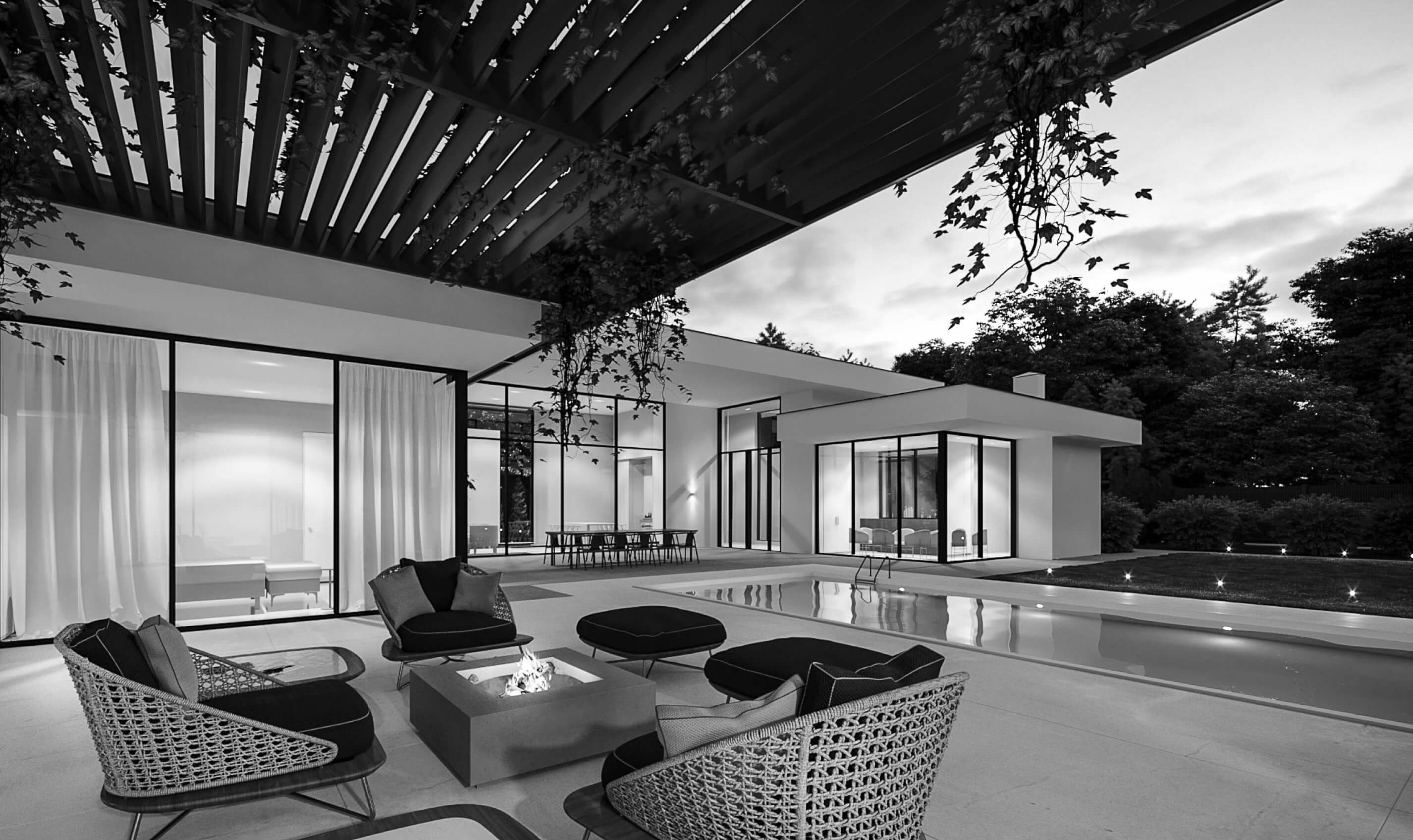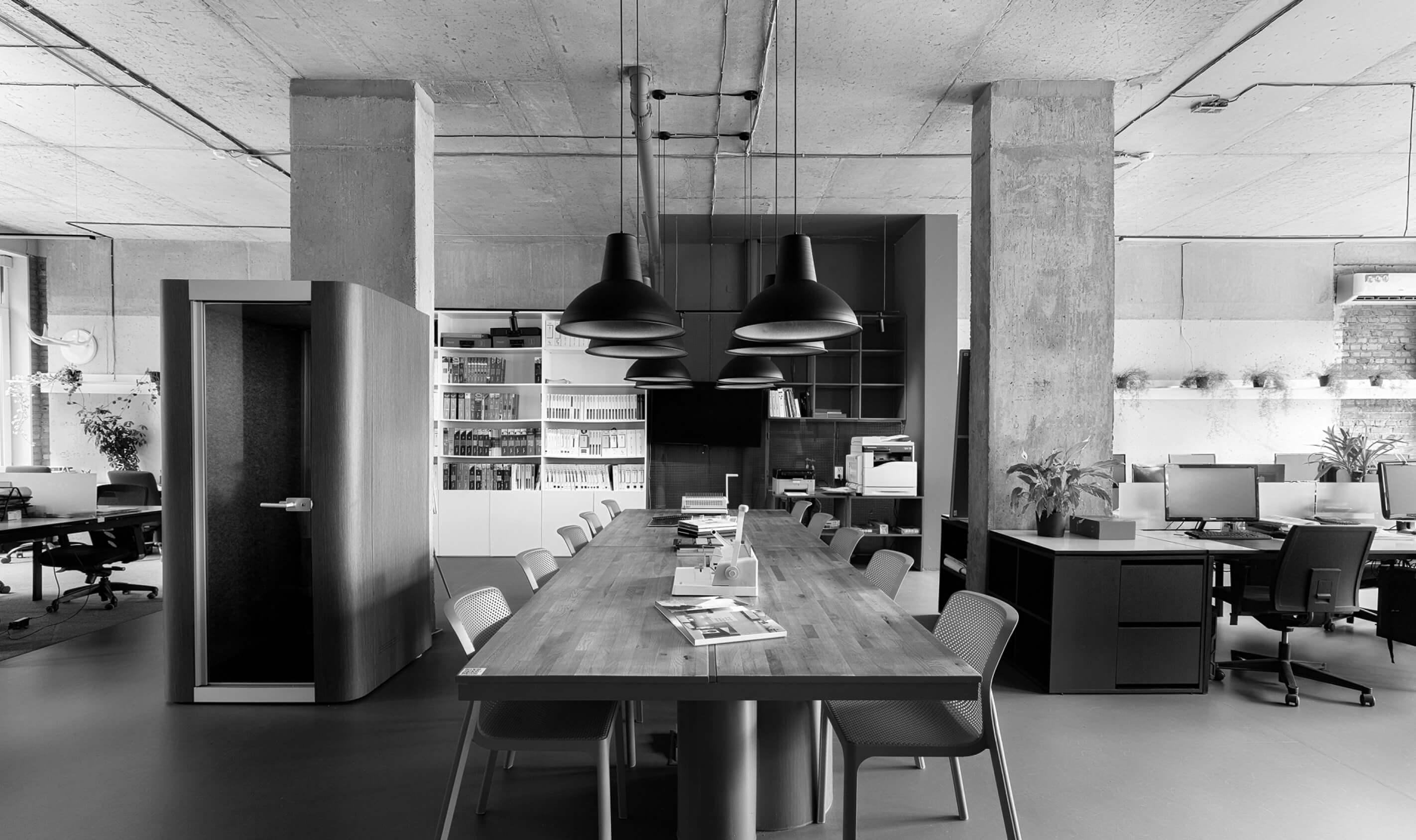Since the beginning of the full-scale war, the office real estate market has experienced a significant outflow of tenants, which can not be said about the rental of residential real estate, where demand has even increased. Alesya Karnaukhova, CEO of the design and architecture studio ZIKZAK Architects, believes that office facilities can be strengthened with the help of a residential component, in particular, by arranging coliving in them. It is about the rational use of unused areas of business centers.
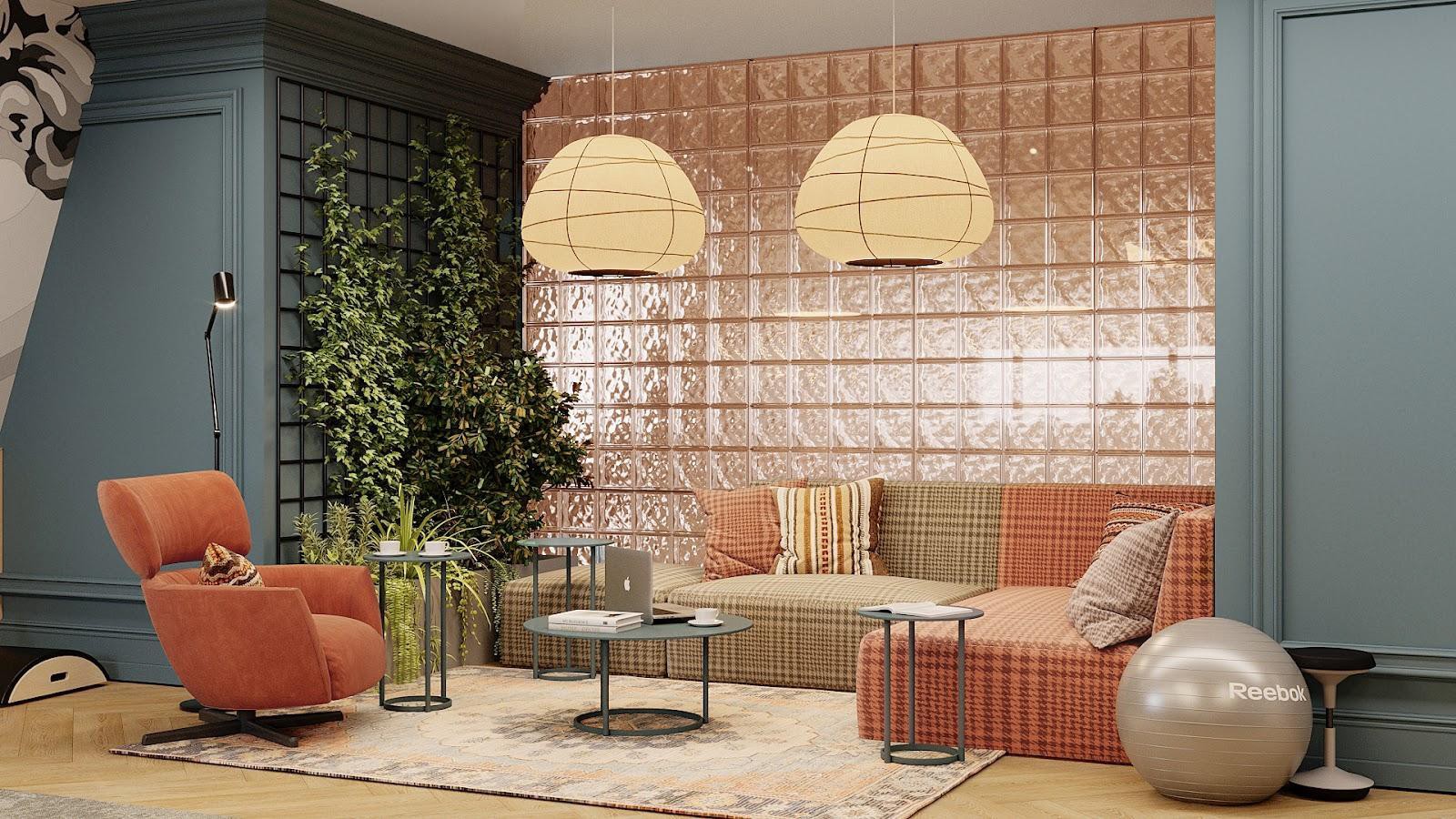
Alesya Karnaukhova for Commercial Property: Transformation of office centers into coliving spaces – the future or the present?
We live in a time of great change and uncertainty, which causes transformations in the economy and significantly affects our lives. Such instability also affects the real estate market, in particular, supply and demand. Based on consultants’ reports, the vacancy rate in business centers of different classes in Kyiv is 20-30%, and the remaining tenants have received significant discounts or paid only maintenance and utility bills. It is also unclear when and how this vacancy will be reduced while maintaining the targeted rental rate. The tenant market has significantly narrowed for an indefinite period of time. On the other hand, the demand for rental housing has increased significantly, and this trend remains stable. Therefore, I believe that today is the time for new solutions adapted to new realities.
More recently, we have seen a massive outflow of tenants due to the pandemic, and now – due to the war. Demographic factors are also important, because now, compared to buying, renting housing is in greater demand due to affordability. Based on this information and having studied international experience, we have developed a solution for business centers, which consists of transforming part of their area into a coliving. It can be one or several floors with its own infrastructure. This solution allows you to quickly transform the unused area of the object into a profitable one, as well as diversify sources of rental income and risks.
In addition, the reconstruction is a fairly simple solution in terms of design, and relatively cheap to implement. Still, with competitive advantages over any other business center, because as a result, we will get a multifunctional complex. The positive impact is also reflected in the reduction of office vacancy because the transformation expands the range of services and infrastructure of the business center. Also, given that office centers are usually located in places with convenient transport interchange and infrastructure, they will become extremely popular for rent. And the available security, parking, and business lobby are some additional competitive advantages. We believe that depending on the object, its profitability will be the same or higher than that of a business center.

As a basis, we take the existing international examples of co-working spaces and adapt them to the project. It is essential for us to take into account both the maximum amount of rental space and create future infrastructure for potential residents. At the heart of the concept, we see functional groups of premises and their balance in the total area: residential units, shower rooms, dining room, workspace, children’s space, places for development and events, sports area, technical area, and security, because a co-living can be both a separate rental housing and a space for certain social groups, such as artists, programmers, athletes, artists, etc.
No matter how trivial it is, it all depends on the object and budget, because the key goal of coliving is to generate profit. Therefore, we study this issue based on the cost of implementation and the payback period of the project.
The emergence of co-working in Silicon Valley (California, USA) immediately comes to mind. Against the background of high real estate rental prices, young employees of IT companies decided to collectively rent empty buildings. Thus, they transformed the premises into living and working spaces, and began to share the maintenance costs equally.
Yes, we have the relevant experience. We have developed conceptual solutions for co-working spaces for clients in Ukraine and Europe and are starting further design stages.

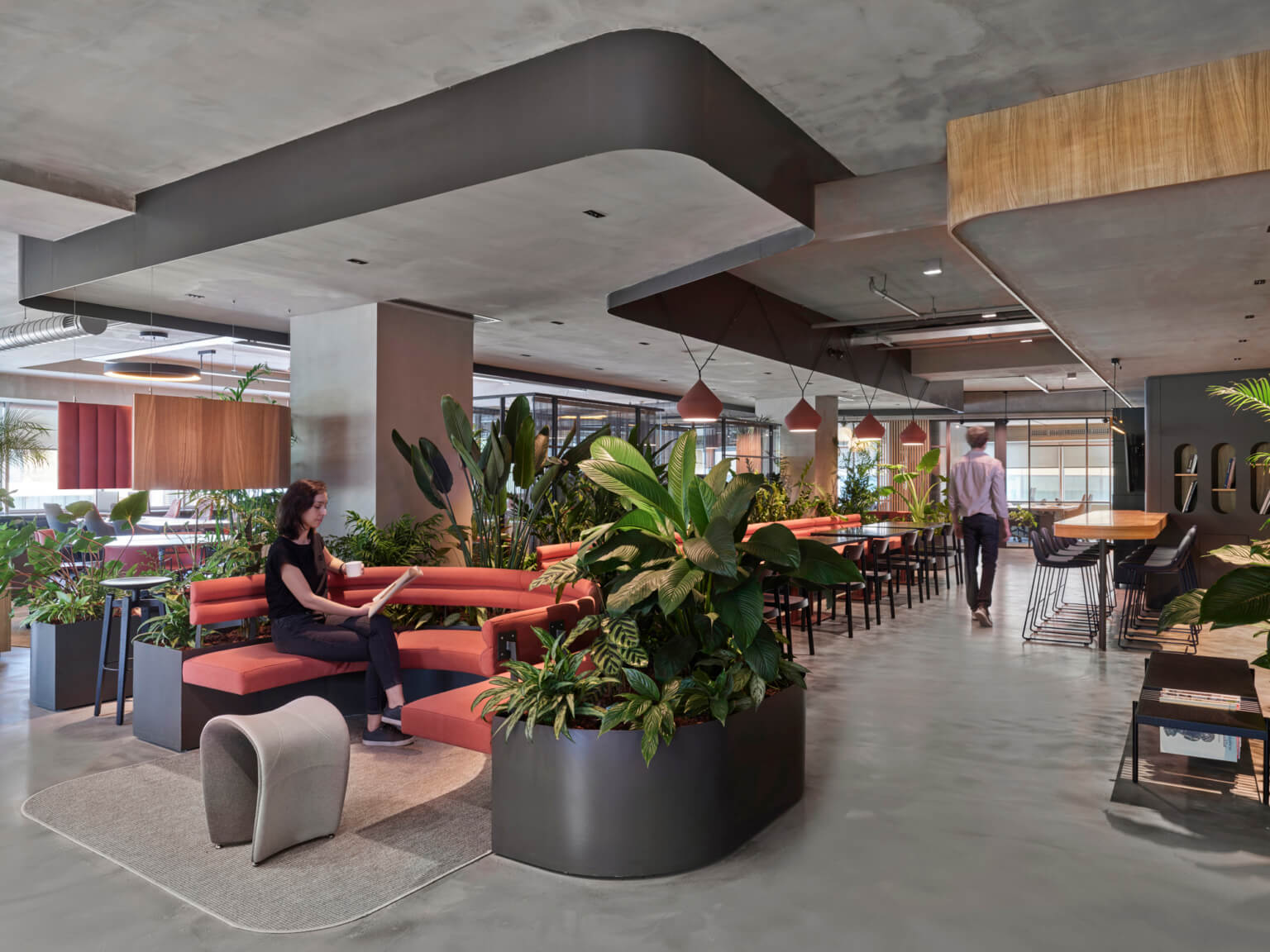

 Back
Back Back
Back



